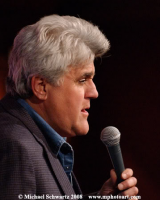Q: I cannot get K or G out of my client although I think I have tried every trick in the book! For example, I have used modeling, auditory bombardment, tactile cueing, using a tongue depressor to hold the tongue-tip down, using a tongue depressor to push the back of the tongue down to create the reflex to get it to pop up, putting sweet taste on the velum to get back of tongue to reach for it, using gravity,…
Stimulating Tongue-Back Elevation for K and G
By Pam Marshalla

